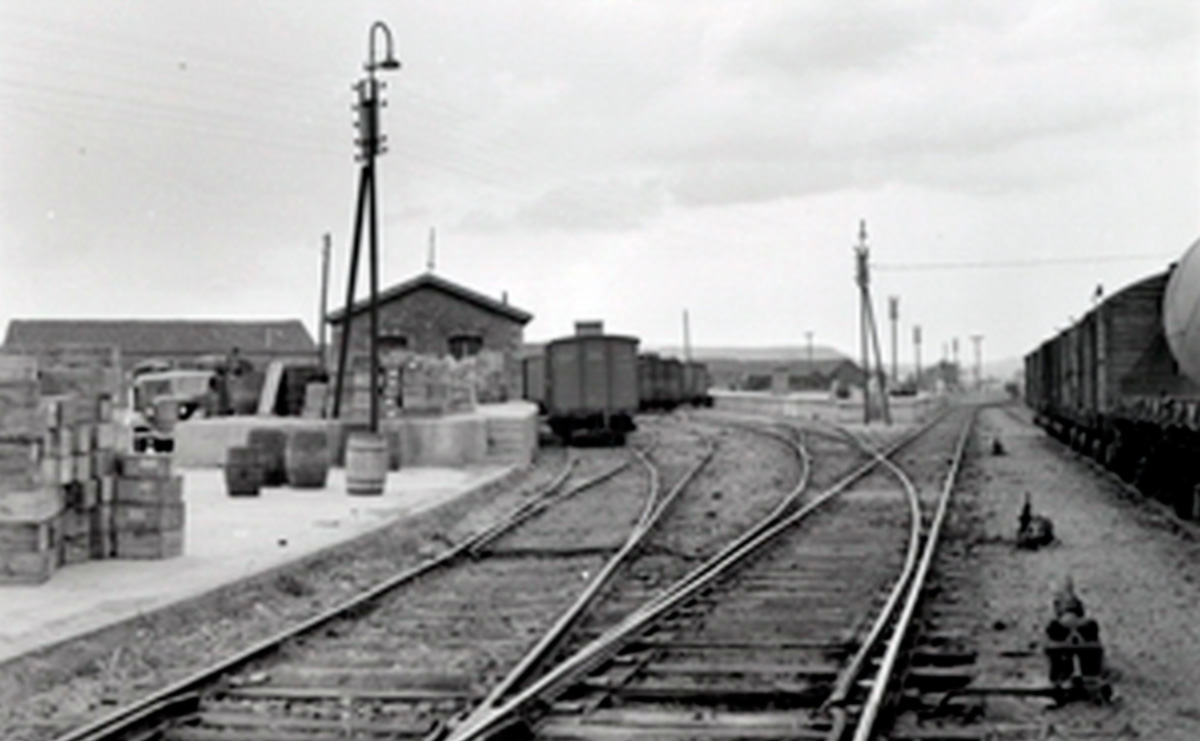Cidacos Greenway Nature Trail
History of the Railway

The railway from Calahorra to Arnedillo had a rather eventful history. In the early 1929s, the Cidacos region began to experience a process of industrialization that, added to the fertility of its rich lowland area and the mines located on the slopes of the valley, made it very attractive to create a metre-gauge railway that would provide a way of transporting all of this. Thus, in 1920 the Sociedad de Ferrocarriles Eléctricos obtained the concession of a line from Calahorra to Préjano.
And to gain access to the coal deposits of the Préjano heights, the ore from the mines would reach that station by a 5-km branch of even narrower mining track (60 cm), which was transferred to metric-gauge wagons to finally go down to Calahorra. The section to Préjano as well as the mining branch were opened in 1924, although two years earlier the first trains had already arrived in Autol, in the agricultural heart of the valley.
And despite the name of the concessionaire company, the railway was never electrified, although a project was presented to that end. Due to difficulties on the part of the concessionaire company, the service was abandoned in 1935.
In 1938, in the midst of the Spanish Civil War, the State took over the management of the closed railway and work began on its reopening. Where work did not resume was in the mining branch. Modest as they come, the railway only had two wagons and a small petrol shunting locomotive for its mining skips. Since that year, although the mines continued to operate, production (always of poor quality) was brought down in trucks towards other destinations. There were attempts to set up a small thermal power plant at the station, and it was in fact built, but it was dismantled without burning anything.
It was in 1942 when the service from Calahorra to Arnedo was restored, and once they got going, after reaching Préjano they decided to extend the line. This is how, in 1947, the construction of the new section to the spa town of Arnedillo was completed.
But two decades later, the railway was immersed in a deep crisis. The situation was such that FEVE, the company that owned the line at the time, decided to close it in 1966.


